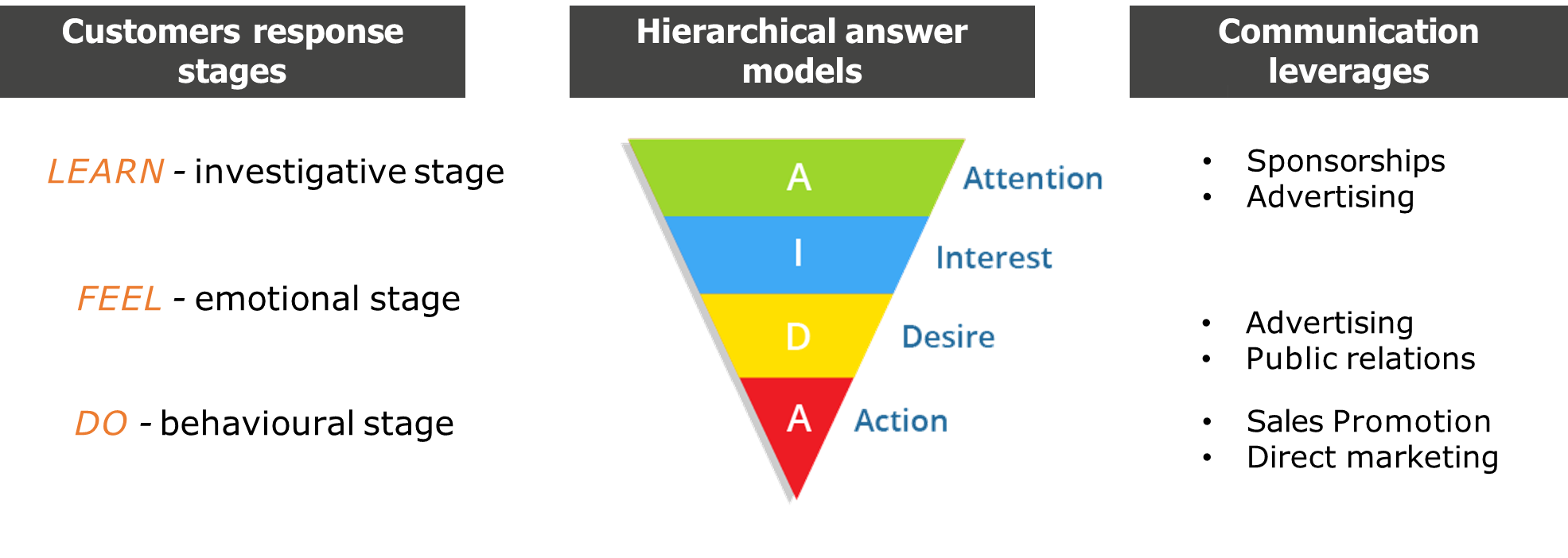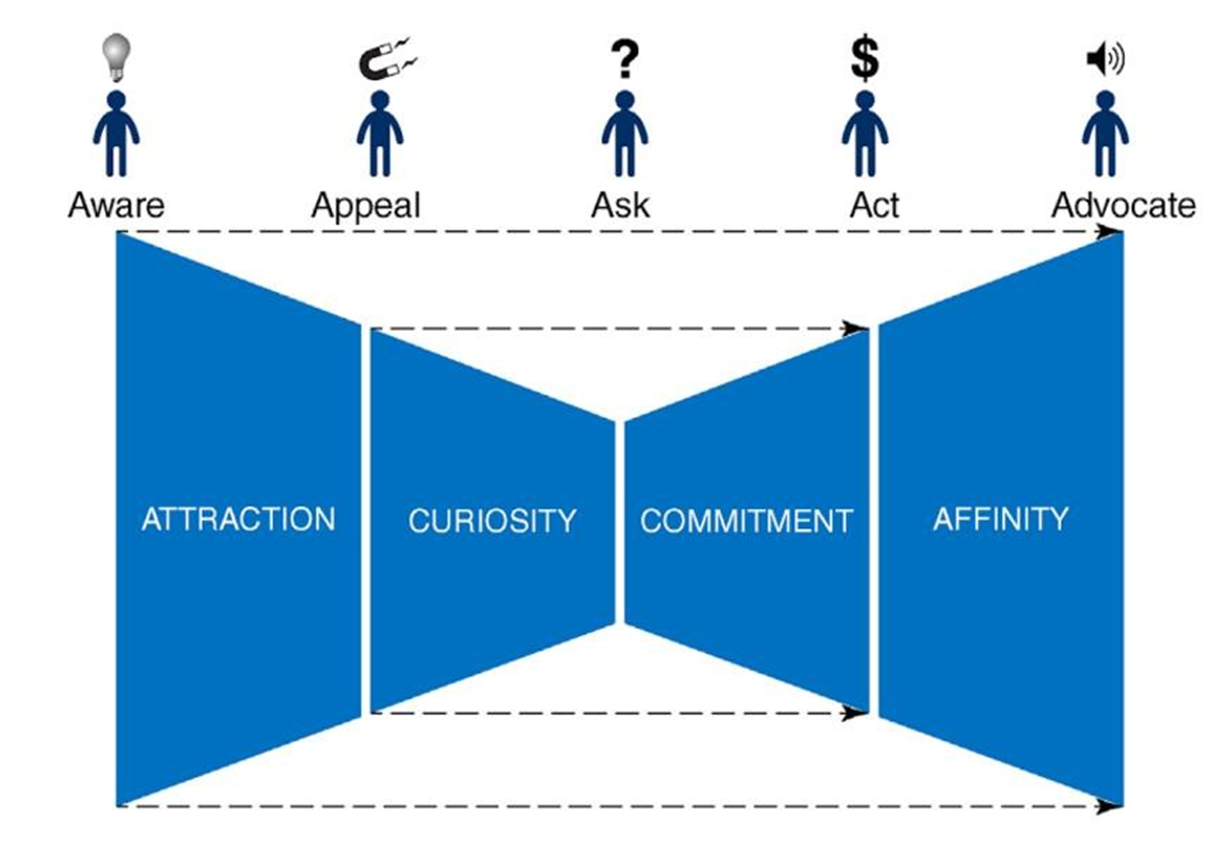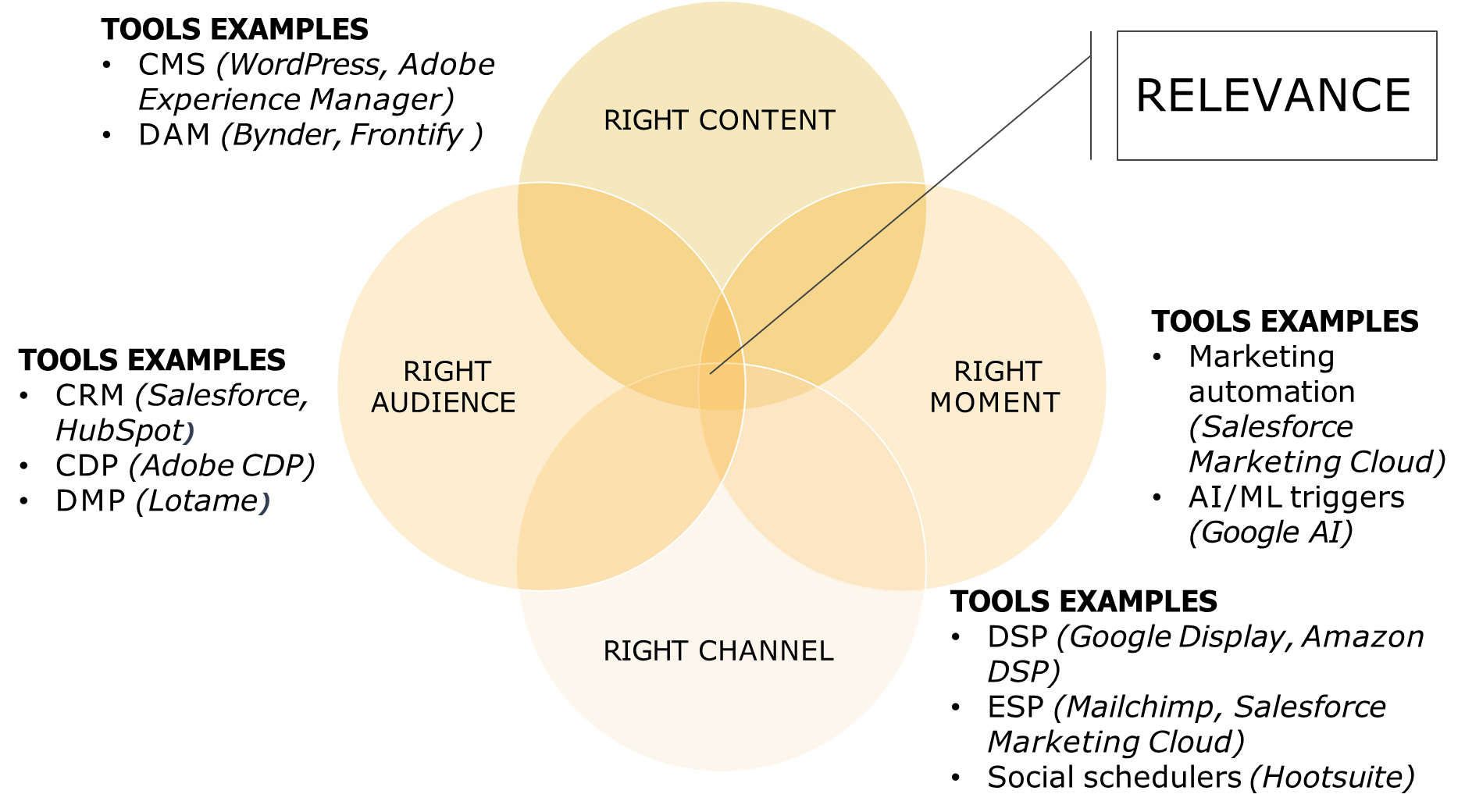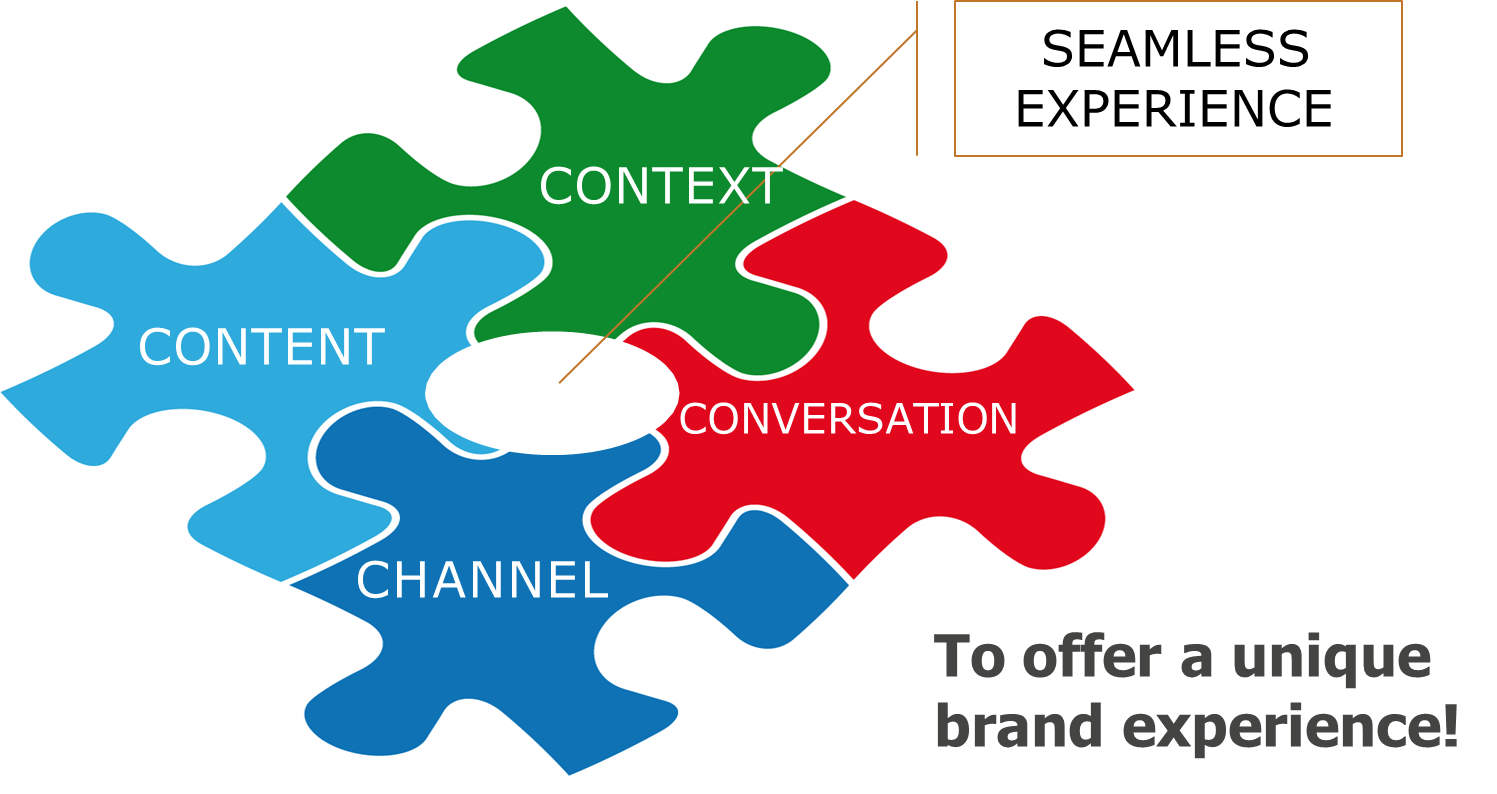Marketing is a fundamental business discipline that extends far beyond simple communication or promotion.
Definition
At its core, marketing is the systematic process of identifying, anticipating, and satisfying customer needs in a way that generates value for both the consumer and the organization.
While many associate marketing primarily with advertising or sales, its scope is much broader, encompassing strategic analysis, customer relationship management, and value creation.
One of the most widely accepted definitions of marketing comes from Philip Kotler, a leading scholar in the field, who describes it as
the science and art of exploring, creating, and delivering value to satisfy the needs of a target market at a profit.
This definition highlights several critical aspects of marketing:
- Exploration and Analysis: Before any product or service is developed, marketers must conduct thorough research to understand market trends, consumer behavior, and competitive dynamics. This strategic phase ensures that business decisions are data-driven rather than speculative.
- Value Creation and Delivery: Marketing is not merely about selling a product but about designing solutions that fulfill customer needs better than competitors. This involves product development, pricing strategies, distribution channels, and promotional tactics—collectively known as the marketing mix (or the 4Ps: Product, Price, Place, Promotion).
- Customer-Centric Approach: Successful marketing begins and ends with the customer. Businesses must continuously engage with their target audience to refine their offerings and maintain long-term relationships.
The American Marketing Association (AMA) further refines this concept by defining marketing as
the activity, set of institutions, and processes for creating, communicating, delivering, and exchanging offerings that have value for customers, clients, partners, and society at large.
This reinforces the idea that marketing is a structured, multi-stage process rather than a single function.
The Marketing Process
The marketing process can be divided into two key components: strategic marketing and operational marketing.

Strategic Marketing
The strategic phase focuses on analyzing the external and internal business environment to make informed decisions. Key activities include:
- Market Research & Analysis: Assessing industry trends, customer preferences, and competitor strategies to identify opportunities and threats.
- Segmentation & Targeting: Dividing the broader market into distinct consumer groups (segments) and selecting the most viable audience (target market) based on demographics, psychographics, and behavioral factors.
- Positioning & Value Proposition: Defining how a brand differentiates itself from competitors and articulating the unique benefits it offers to customers.
Operational Marketing
Once the strategic foundation is set, businesses move into the operational phase, where plans are implemented and monitored. This includes:
- Marketing Mix Development: Crafting the optimal combination of product features, pricing models, distribution networks, and promotional campaigns.
- Implementation & Campaign Management: Executing marketing strategies through advertising, digital marketing, sales promotions, and public relations.
- Performance Measurement & Optimization: Using key performance indicators (KPIs) such as sales growth, customer acquisition costs, and brand awareness to evaluate success and refine strategies.
Marketing Communication
Marketing communication serves as a vital bridge between businesses and consumers, facilitating not only the dissemination of information but also the shaping of perceptions and behaviors. While marketing as a discipline encompasses product development, pricing, and distribution, communication remains a central pillar because it ensures that value propositions reach the right audience at the right time. Effective marketing communication goes beyond mere awareness—it seeks to inform, persuade, and reinforce consumer decisions through carefully crafted messaging across multiple touchpoints.
Philip Kotler defines marketing communication as
the means by which firms attempt to inform, persuade and remind customers (directly or indirectly) about the products or brands that they sell
This definition underscores three critical functions of communication in marketing:
- Informing: Consumers must first be aware of a product’s existence and its benefits.
- Persuading: Persuasion involves crafting messages that highlight competitive advantages, emotional appeals, or logical arguments to drive preference.
- Reminding: Even after a purchase, reinforcement through follow-up communication helps maintain brand loyalty and encourages repeat engagement.
The challenge for marketers lies in leveraging technology to optimize these communications, ensuring that messages are personalized, timely, and delivered through the most effective channels—whether digital advertising, social media, email marketing, or traditional media.
Integrated Marketing Communication (IMC)

Marketing communication is not limited to deliberate promotional efforts such as advertisements or public relations. Instead, it operates through three interconnected layers:
-
Product-Service Communication
A product inherently communicates through its design, packaging, pricing, and availability. For example, a luxury car brand does not need explicit advertising to convey exclusivity—its high price point, limited production, and premium materials inherently signal prestige. Conversely, a budget-friendly product with generic packaging communicates affordability and accessibility. -
Planned Communication
This encompasses intentional marketing efforts, including advertising campaigns, social media promotions, press releases, and sponsored content. These are controlled, brand-driven messages designed to shape consumer perception. -
Unplanned (Word-of-Mouth) Communication Perhaps the most influential yet least controllable form of communication, word-of-mouth (WOM) includes customer reviews, social media discussions, and personal recommendations. In the digital age, WOM has amplified through influencer endorsements and viral content. A single negative review or trending social media post can significantly impact brand reputation, making reputation management a crucial aspect of modern marketing.
Communication Objectives

To structure communication strategies effectively, marketers rely on behavioral models that map the consumer journey. Two prominent frameworks are:
- The AIDA model
- Learn-Feel-Do model
1. The AIDA Model (Attention, Interest, Desire, Action)
A traditional yet widely referenced model, AIDA outlines a linear progression:
- Attention: Capturing consumer awareness through advertising, SEO, or PR.
- Interest: Generating curiosity by highlighting product benefits.
- Desire: Creating emotional or rational appeal to foster preference.
- Action: Driving the final step, whether a purchase, subscription, or another conversion.
While useful for basic campaigns, AIDA’s simplicity struggles to account for non-linear consumer behavior in digital environments, where multiple touchpoints and micro-interactions influence decisions.
2. The Learn-Feel-Do Model
A more nuanced approach, this model acknowledges that consumer decisions are not purely logical but are also driven by emotions and subconscious triggers:
- Learn (Cognitive Stage): Consumers process information, compare alternatives, and evaluate features.
- Feel (Affective Stage): Emotional connections, brand storytelling, and aspirational messaging shape preferences.
- Do (Conative Stage): The final decision to engage, purchase, or advocate for the brand.
Example
For example, an advertisement might first present technical specifications (Learn), then evoke a sense of prestige or belonging (Feel), and finally include a strong call-to-action (Do). The same communication lever—such as digital ads—can serve different purposes at different stages, emphasizing either information or emotional engagement.
Evolving Paradigms in Modern Marketing
The contemporary marketing landscape has undergone profound transformations, rendering traditional linear models increasingly obsolete. Where once marketers relied on straightforward frameworks like AIDA, today’s environment demands a more nuanced understanding of consumer behavior, shaped by technological advancements and shifting social dynamics. These changes necessitate innovative approaches that account for non-linear decision-making, multi-channel engagement, and the growing influence of consumer advocacy.
The Shift in Consumer Behavior and Its Implications
Modern consumers operate in a hyper-connected, multi-screen environment where attention is fragmented across devices and platforms. The proliferation of smartphones, generative AI, and immersive digital experiences has not merely introduced new tools but fundamentally altered how people interact with brands.
This behavioral shift extends beyond technology—it reflects broader social trends, including the expectation of instant access to information, personalized experiences, and seamless transitions between online and offline channels.
Example
For instance, consumers routinely research products on mobile devices while watching television, compare prices in-store before purchasing online, or engage with brands through social media influencers rather than traditional advertising.
The once-dominant marketing funnel, which visualized consumer progression as a linear path from awareness to conversion, no longer accurately reflects real-world behavior. Contemporary consumer journeys are messy, iterative, and highly individualized. Customers may skip stages entirely—discovering a product through word-of-mouth (advocacy) before developing awareness, or making impulse purchases without prior research. This unpredictability has given rise to alternative models, such as:
-
The “Fish” Model: Emphasizes continuous engagement rather than a one-way funnel, recognizing that post-purchase advocacy (e.g., reviews, social sharing) can be as impactful as initial awareness.
-
The HOOKED Model (Awareness-Appeal-Ask-Action-Advocacy): Introduces “Ask” and “Advocacy” as critical phases, highlighting consumers’ active role in seeking information and becoming brand ambassadors.

Attention in an Overstimulated World

In an era of information overload, brands compete not just with competitors but with endless notifications, entertainment options, and algorithmic content. The average attention span has dwindled, making it harder to capture and retain consumer interest. Success now hinges on delivering the right content, at the right time, through the right channel, to the right audience—a paradigm encapsulated in the “4Rs” of modern communication:
- Right Content: Messaging must be hyper-relevant, tailored to consumer needs, and consistent across touchpoints. Content Management Systems (CMS) and Digital Experience Platforms (DXP) enable brands to orchestrate cohesive narratives across websites, apps, and ads.
- Right Moment: Timing is critical. Marketing automation tools trigger emails, retargeting ads, or SMS alerts based on behavioral cues (e.g., abandoned carts, browsing history), ensuring messages arrive when consumers are most receptive.
- Right Channel: Platform selection must align with audience preferences. For example, TikTok may engage Gen Z, while LinkedIn suits B2B communications. Programmatic advertising optimizes channel selection in real-time using AI.
- Right Audience: Precision targeting relies on Customer Relationship Management (CRM) systems and Data Management Platforms (DMPs), which aggregate behavioral data to segment audiences and predict intent. Misalignment here—such as targeting grandparents with ads meant for parents—can render campaigns ineffective.

Martech in Enabling Integration
Marketing technology (martech) serves as the backbone of this integrated approach. Tools like CRM software, predictive analytics, and cross-channel automation platforms unify disparate data streams, ensuring consistency and personalization at scale. For example:
- A CRM system tracks customer interactions, enabling tailored follow-ups.
- Programmatic ad platforms dynamically adjust bids and placements based on real-time engagement.
- Email Service Providers (ESPs) automate personalized messaging without manual intervention.
Without robust martech infrastructure, brands risk delivering disjointed experiences, eroding trust and diluting impact.
The Three Strategic Pillars of Modern Marketing
In the contemporary landscape of strategic marketing, a significant paradigm shift has taken place—one that moves beyond traditional, one-directional advertising. Today, the focus lies in what we call strategic multichannel marketing, a model based on three fundamental pillars: co-creation, multichannel integration, and branded experience. Each of these elements contributes to building a deeper, more interactive relationship between brands and consumers, with the ultimate goal of creating value through a continuous and meaningful dialogue.
It’s not enough for a company to say, “we have this tool” or “we are on that platform.” What matters is the ability to connect these tools and platforms in a way that ensures strategic consistency and effective communication. This integration allows companies to identify trends, keep up with evolving consumer behavior, and avoid being lost in the overwhelming amount of content that bombards consumers daily. Without a coherent strategy, even the most advanced tools fail to deliver meaningful results because the brand’s message risks being diluted or ignored altogether.
1. Co-Creation: Engaging Customers in Value Generation
The first pillar, co-creation, reflects a fundamental transformation in the role of the consumer. No longer passive recipients of marketing messages, modern consumers actively engage with brands, influence product development, and participate in shaping brand narratives. This participation can take various forms. In some cases, companies involve customers directly in the creation of products.
A notable example is LEGO, which has launched platforms like LEGO Ideas where fans can submit their own designs, some of which are later turned into official sets.
However, co-creation is not limited to product design. It often extends to the collaborative development of messaging and communication. Through techniques such as social listening companies can gather insights into customer values and preferences. In this sense, co-creation becomes a dynamic process of mutual influence, where consumers and brands continuously inform and refine each other’s perspectives.
2. Multichannel Integration: Creating a Unified Communication Ecosystem
The second pillar is multichannel integration. In today’s interconnected digital environment, consumers interact with brands through a wide variety of touchpoints: websites, social media, mobile apps, physical stores, customer service hotlines, and more. Managing these channels independently is no longer sufficient. Instead, companies must focus on building integrated multichannel strategies, where all platforms are harmonized to deliver consistent messaging and functionality.
Example
For example, a customer might discover a product on Instagram, research it on the company website, purchase it through a mobile app, and request support via live chat—expecting the same quality and coherence throughout. If even one of these steps fails to align with the rest, the overall experience suffers.
Effective multichannel integration, therefore, is not only a logistical challenge but also a strategic imperative to maintain brand integrity.
3. Branded Experience: Delivering Cohesive, Emotional Journeys
The third and perhaps most holistic pillar is the concept of branded experience. Modern consumers no longer seek merely products or services; they seek experiences that reflect the brand’s identity and values. This means that every interaction a consumer has with the brand should contribute to a unified, emotionally resonant journey.
Example
Take Amazon as a prime example. Beyond offering competitive prices and wide selection, Amazon excels in providing a seamless customer experience. The platform ensures fast delivery, intuitive navigation, and responsive customer service. If a user calls for support, they are typically assisted promptly and efficiently—an example of how even after-sale service contributes to the branded experience. Each touchpoint reinforces the brand’s commitment to reliability and convenience.
This notion of experience encompasses more than just satisfaction; it builds long-term loyalty by aligning brand behavior with customer expectations across time and context. Thus, branded experience is not confined to aesthetic consistency or tone of voice, but extends into operational efficiency and emotional resonance.
Toward a Seamless Marketing Ecosystem

The intersection of content, channel, context, and conversation lies at the core of delivering a seamless and immersive brand experience. Today’s marketing efforts are no longer about delivering unidirectional content from brand to consumer. Instead, they foster bidirectional communication, where brands listen, adapt, and engage based on customer input. Content must be tailored and relevant, not generic. Channels must be selected according to where customers are most receptive. Context refers to the timing and situational appropriateness of messages—knowing when to say something is as important as what to say.
The Digital Maturity Model

To support this transformation, companies must evaluate their position on the path to digital maturity. One framework that facilitates this assessment is the Digital Maturity Model, developed by Google in collaboration with Boston Consulting Group (BCG). This model helps organizations understand how far they’ve progressed in their digital transformation and what steps are necessary to evolve further.
The model divides companies into four main stages: Nascent, Emerging, Connected, and Multi-moment.
- In the nascent stage, organizations use data and digital tools in a fragmented, uncoordinated way. Channels might be deployed sporadically, and data collection is limited or isolated across departments.
- As companies progress to the emerging stage, they begin to invest in marketing technologies and basic customer relationship management (CRM) tools. Data starts to play a role, but mostly at a low level—perhaps only considering basic purchase behaviors or demographic segmentation.
- In the connected stage, integration becomes a core capability. Companies have established a solid martech infrastructure, combining multiple platforms into a cohesive system. Data from various sources is centralized, enabling more complex and dynamic customer profiles. Automation becomes more common, with marketing decisions being increasingly data-driven.
- Finally, in the multi-moment stage, companies achieve full data integration and operational agility. Advanced technologies like Artificial Intelligence (AI) and Machine Learning (ML) are deployed to continuously adapt content and channel strategies in near real-time. This level of digital maturity allows for hyper-personalized experiences tailored to individual customer contexts. Content can be modified dynamically based on behaviors, preferences, time of day, or location, resulting in communications that feel uniquely relevant to each customer.
Applying this model to marketing reveals how capabilities evolve. In the nascent stage, campaigns are basic and single-channel, with minimal segmentation. By the emerging stage, CRM systems are in place and segmentation begins to include simple behavioral patterns. In the connected phase, segmentation becomes more advanced and is based on cross-channel behavioral data. Finally, in the multi-moment stage, segmentation is continuously updated in real-time, allowing for sophisticated orchestration of communication across touchpoints through tools such as Customer Data Platforms (CDPs) and AI-powered content engines.
The Strategic Value of Digital Maturity
Understanding and striving toward digital maturity is not merely a theoretical exercise—it has concrete business implications. First, digital maturity drives revenue growth. Numerous studies from institutions like McKinsey and BCG confirm that digitally mature companies outperform their peers. Their communications are more engaging, their messages resonate on an emotional level, and they are more effective at converting interest into sales.
Second, digital maturity increases operational efficiency. Automated processes reduce manual labor and eliminate redundancy. For example, instead of spending hours transferring data between systems, marketing teams can rely on dashboards and real-time analytics to make strategic decisions. This efficiency frees up time and resources for more creative, value-added activities, such as innovation and strategic planning.
Lastly, digital maturity enhances customer experience. By offering personalized, timely, and relevant interactions across all channels, companies foster stronger relationships and build loyalty. This directly impacts Customer Lifetime Value (CLV), as satisfied customers are more likely to return, spend more, and advocate for the brand.